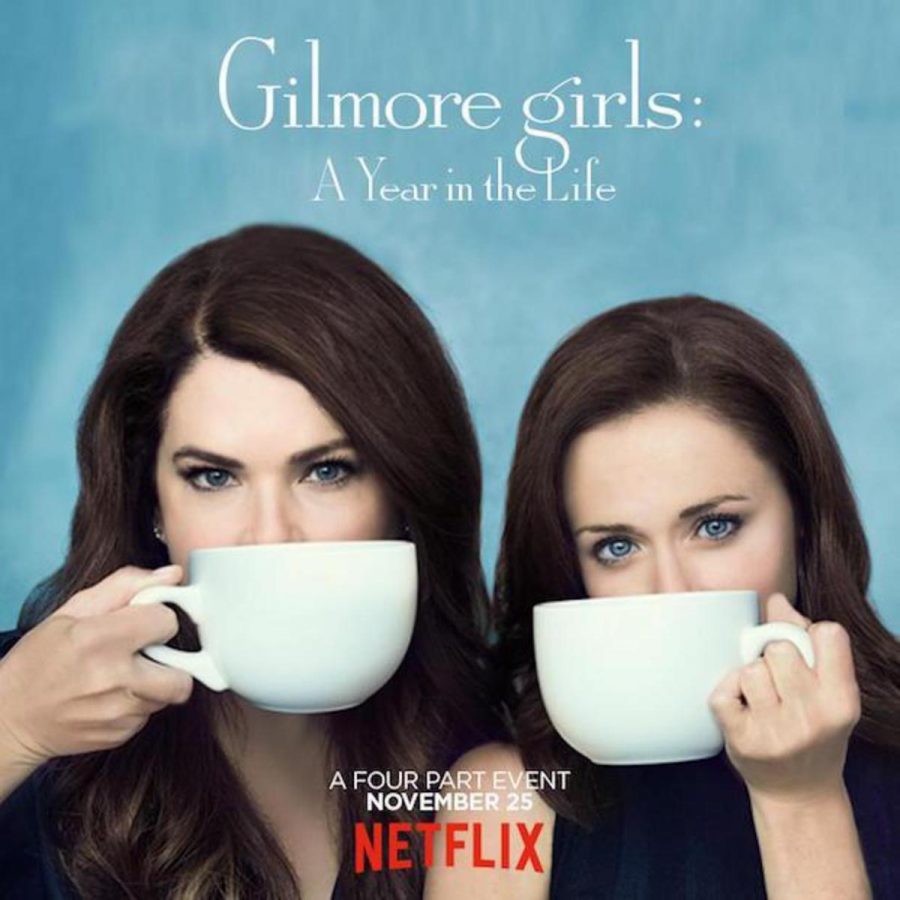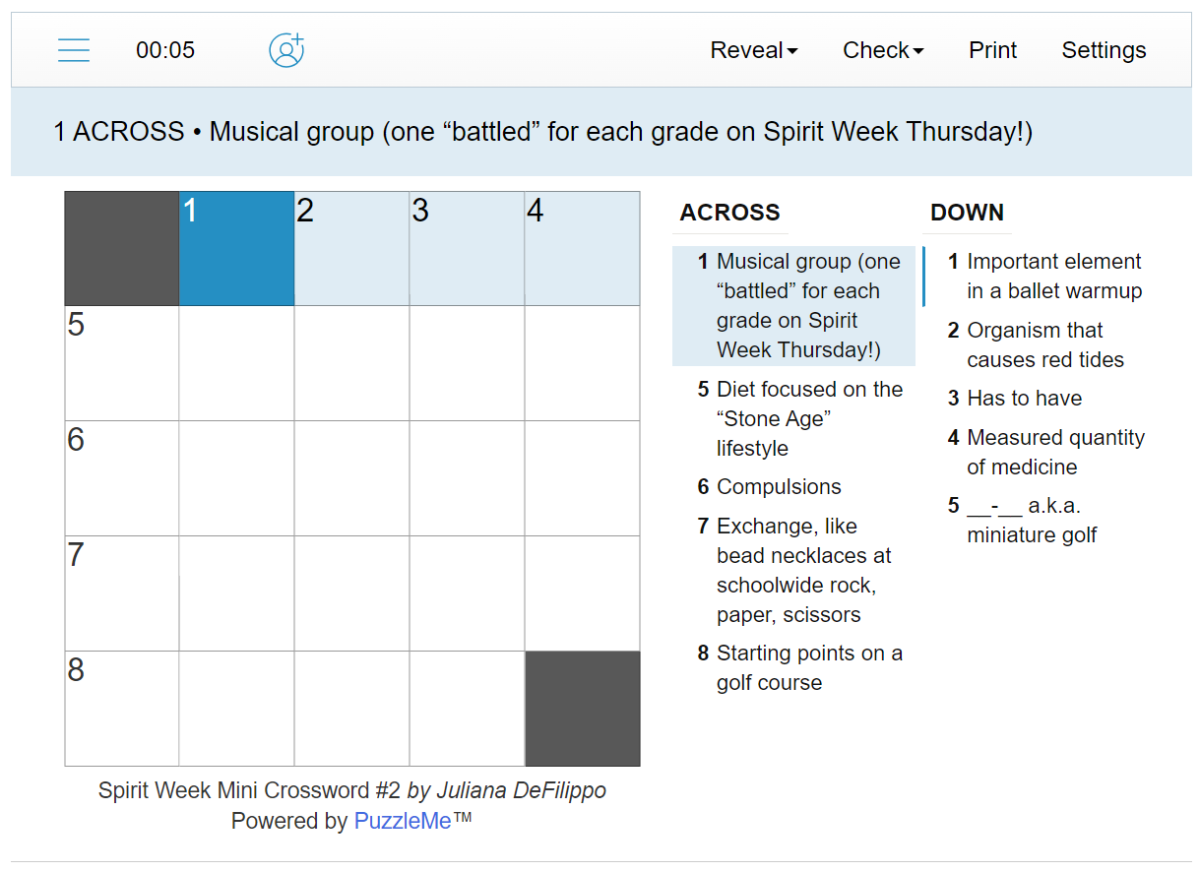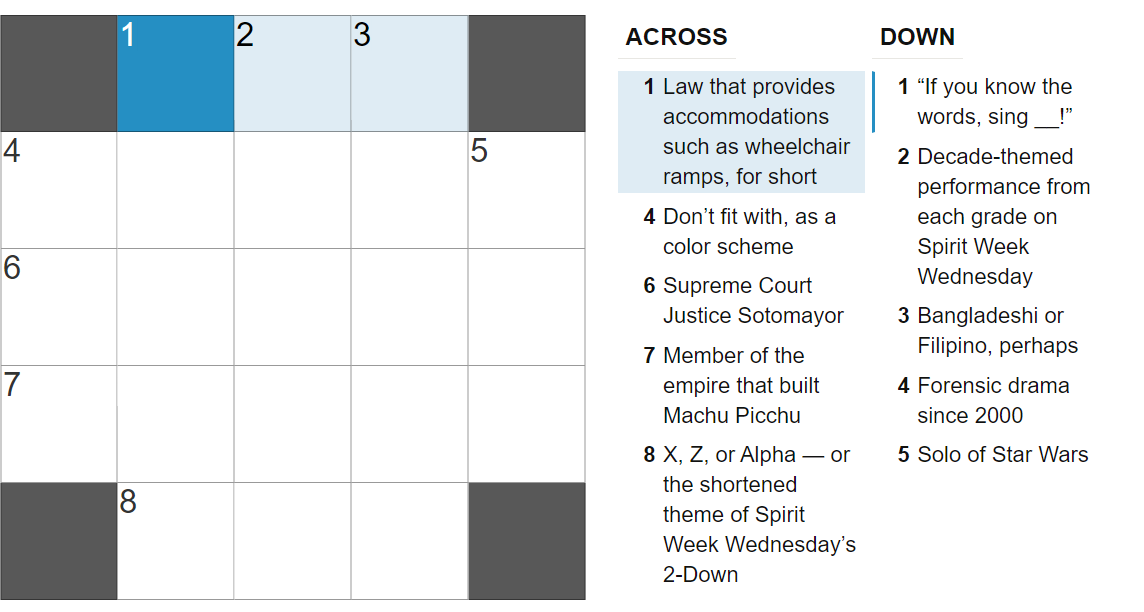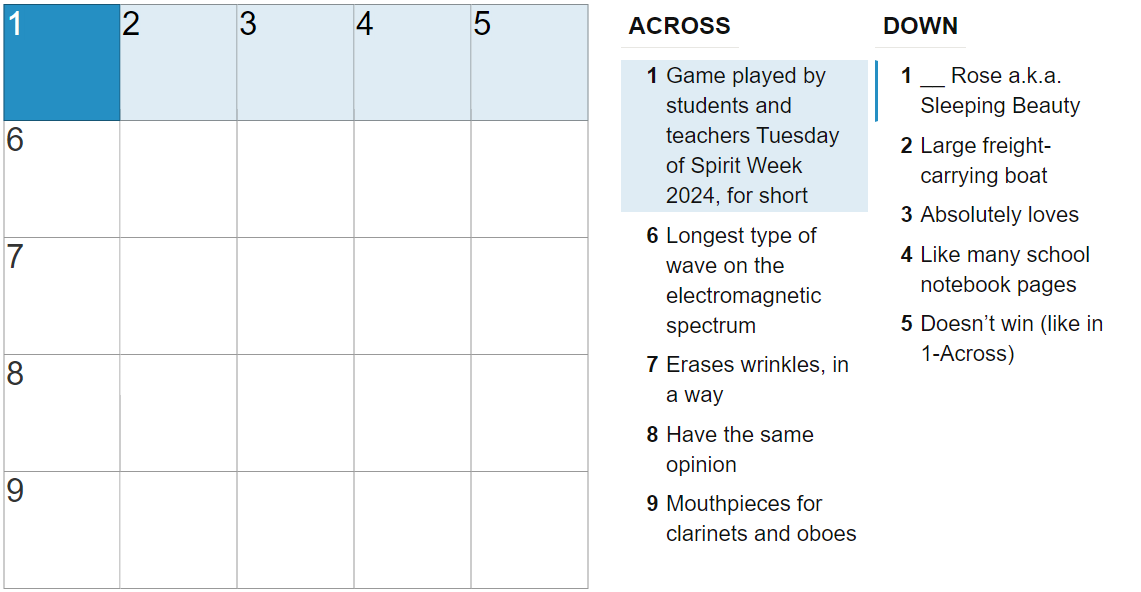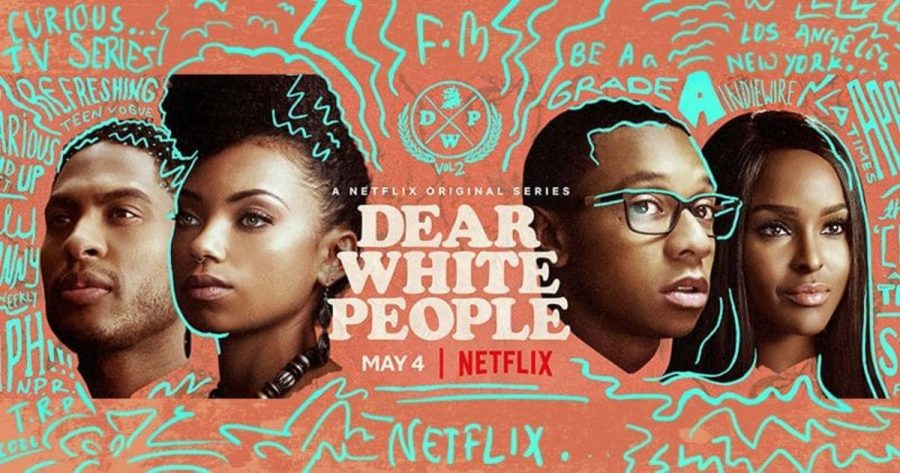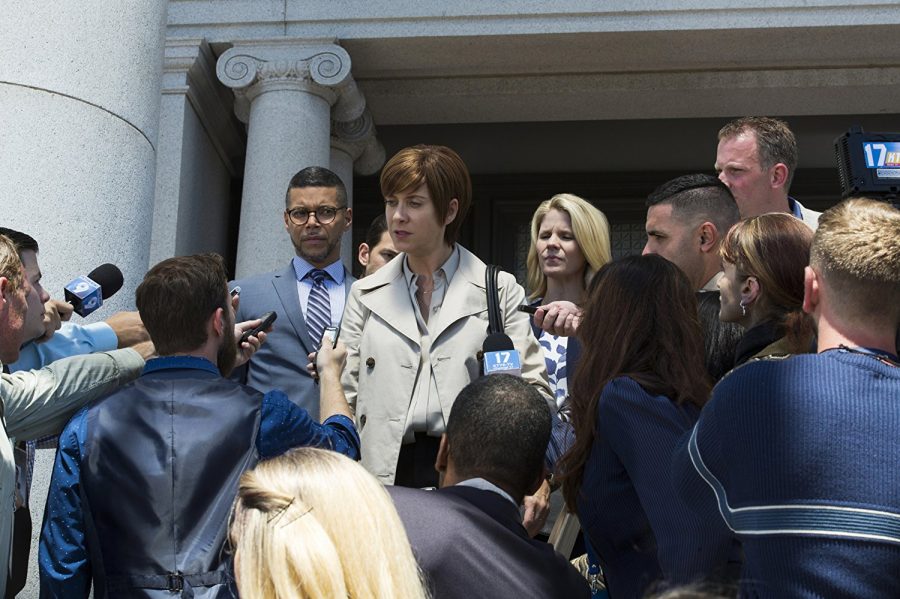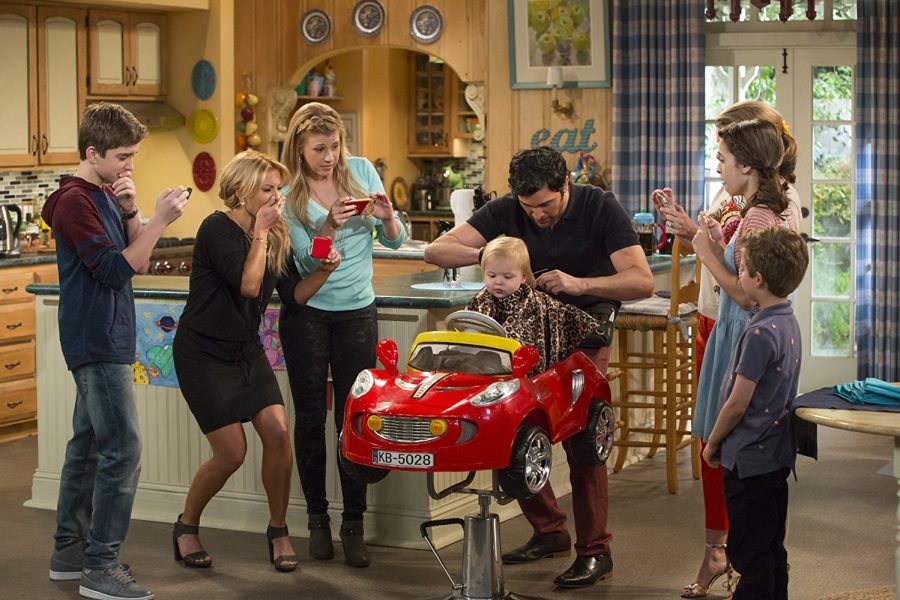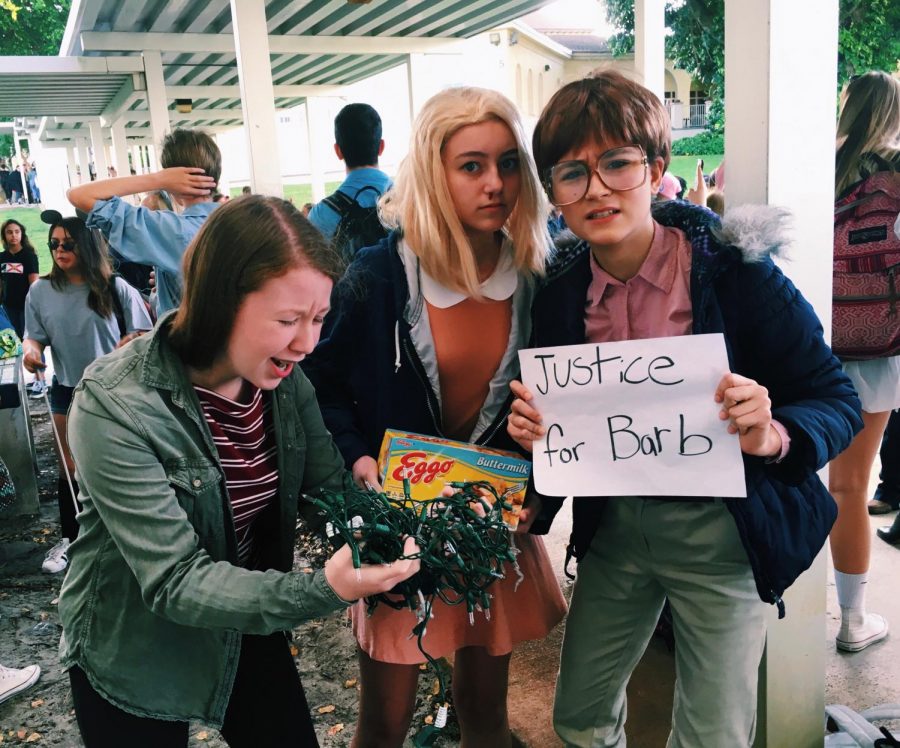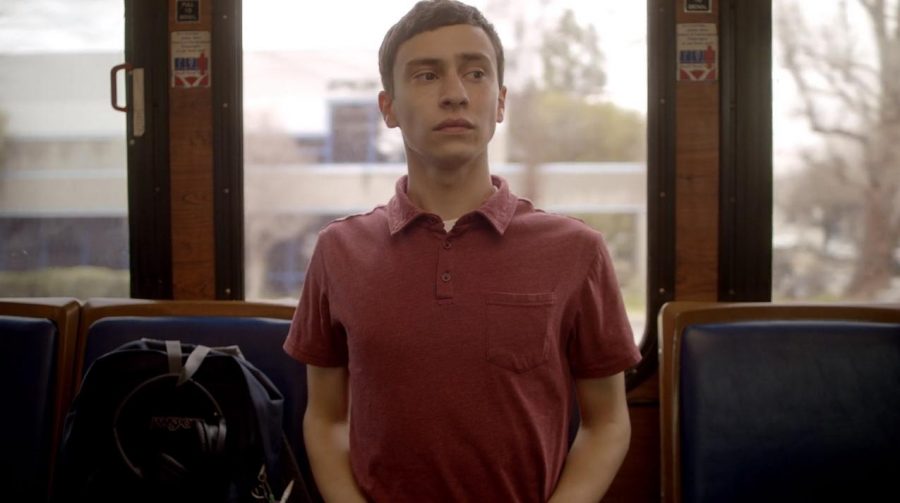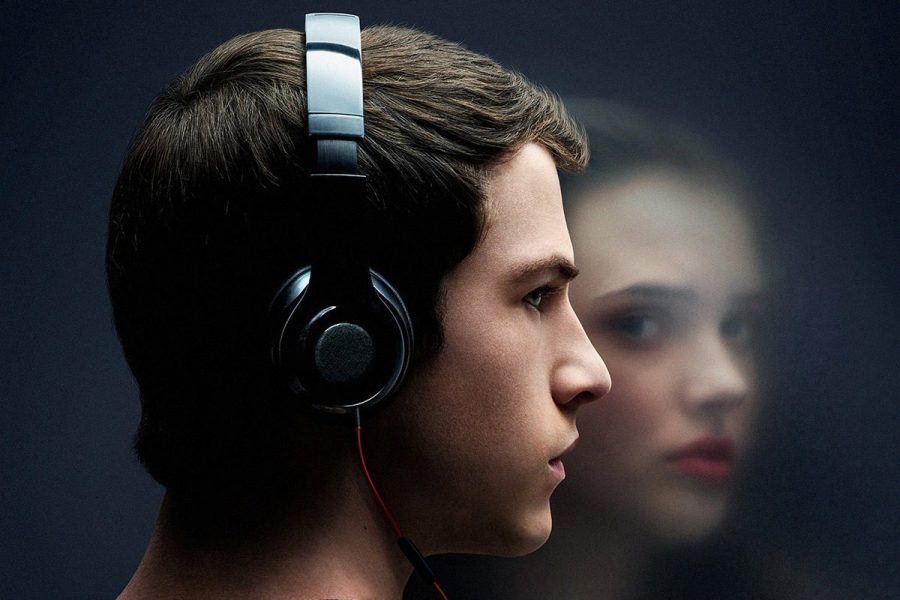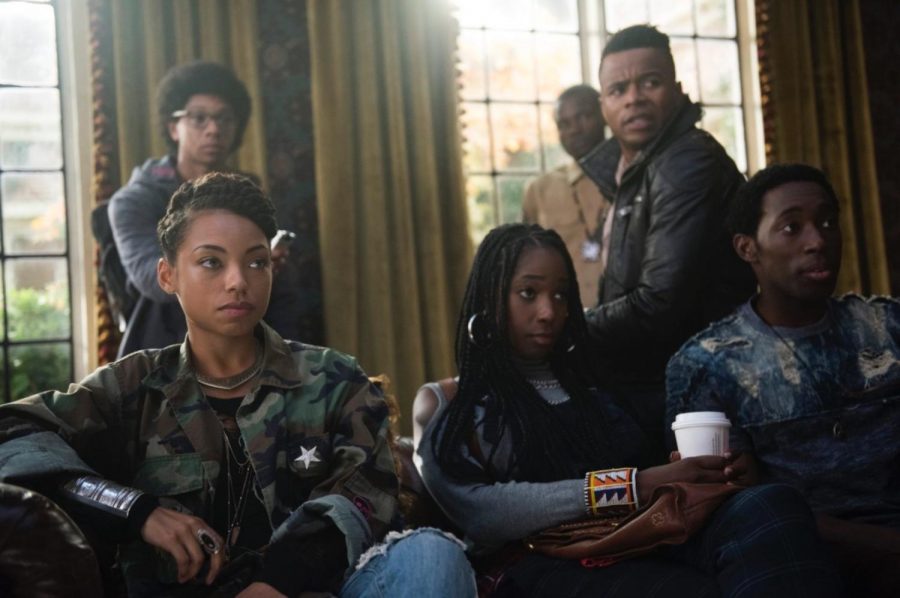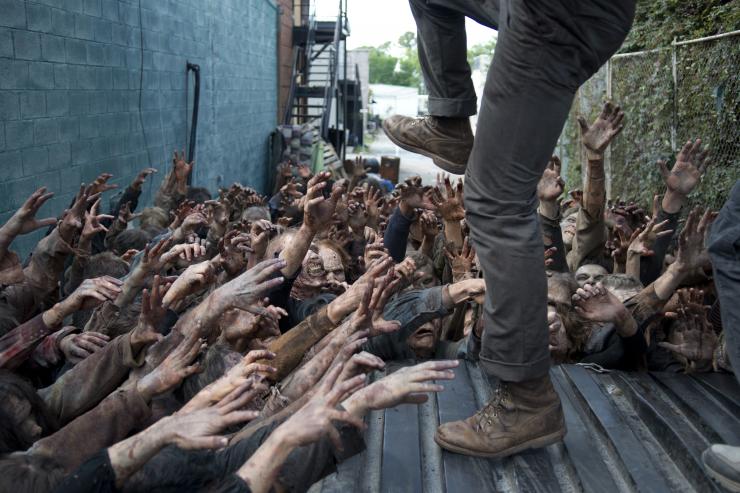After almost ten years, The WB’s Gilmore Girls returned to fans’ Netflix accounts around the country. Calling it Gilmore Girls: A Year in the Life, there were four episodes in all, around 90 minutes each and representing a different season: Winter, Spring, Summer, and Fall. It took me two days, but I did it. I watched all four episodes, all 372 minutes, feeling all the gut-wrenching, heartbreaking things, and I have come to a single conclusion: Netflix does not know how to make revivals. Our generation seems to be so obsessed with the past so the company seems to have taken to itself to try and assist in that matter (yes, I’m talking about you, Fuller House. I’m still not over how bad that was), but, next time, Netflix, give it a break. Please take a breather. No need to try and help out, give the internet and its obsessive fanbase an initial idea for whatever show you’re considering to redo, and we will be happy to write it for you.
But maybe I’m exaggerating. All of the major characters have returned: intelligent and somewhat awkward Rory, her mother, stubborn and independent Lorelai, all of Rory’s high school and college beaus, Dean, Jess, and Logan, and of course, the colorful, overly rambunctious citizens of the Gilmores’ small home, Stars Hollow, Connecticut. The essence of the early 2000s Gilmore Girls can be still found in the revival, for instance, the town’s comedic relief, Kirk Gleason, is still living with his mother and pursuing a different job every other week. Taylor Doose, the town selectman and market owner, still holds a weekly meeting with crazy requests of the townspeople. Of course, Lorelai and Rory also still head over to Hartford as often as they can for their quintessential “Friday Night Dinner” with none other than Emily Gilmore (Lorelai’s mother and Rory’s grandmother) herself.
But even through all that went right, there were many things that stuck out like sore thumbs. For one, the humor felt forced. In the original series, Rory and Lorelai were known for their fast-paced conversation, their enviable wit and charm, with a pop culture reference for every scenario, however, in the revival, it seemed off. Obviously, the majority of the characters are no longer in their youth, but some scenes still felt a bit awkward. Such instances include, but were not limited to, Lorelai saying “trigger warnings!” in reference to her significant other Luke’s comment about “body shaming”, as well as Rory and Lorelai insulting a man named Pat about his back fat. The gags were drawn on for what seemed like excessive lengths of time- some even throughout all four episodes. A few prime examples were the way in which everyone in Rory’s immediate family (including Rory herself) regularly forgot about her boyfriend of two years, Paul, along with a musical held in “Summer” that took up nearly 25 minutes of the 90 minute episode, depriving viewers of only what could have been.
Worst of all, Rory’s character became someone she swore she would never let herself be. During her high school years at Chilton and her college years at Yale University, Rory was always an overachiever, working her way to valedictorian of her high school class and becoming Editor-in-Chief of The Yale Daily News. Her boyfriends, while long-lasting, were always secondary to her schoolwork. However in A Year in the Life, although she did pursue her dream of becoming a journalist, we see Rory cheating on Paul with her college boyfriend, Logan Huntzberger, whenever she flies into London for her job. At age 32, she also has her inaugural one night stand with a man dressed in a Wookie costume. But how did this happen? When we left Rory nine years ago in Season Seven, she had just gotten a journalism gig to follow Barack Obama on his campaign trail and her career seemed promising. Now, we see a lost puppy of a girl wandering back to her hometown without a care for anyone’s feelings except her own, losing what the show had stood for in the first place.
In 2000, Gilmore Girls was a revelation. It proved misogynistic stereotypes wrong, showing that girls can be strong and independent, and that it is realistic for them to have dreams for the future that will likely come true. Ultimately, the revival crushed these hopes of the show’s formerly individualistic women, becoming something that I, and many other fans, hoped the series would not turn into.























































